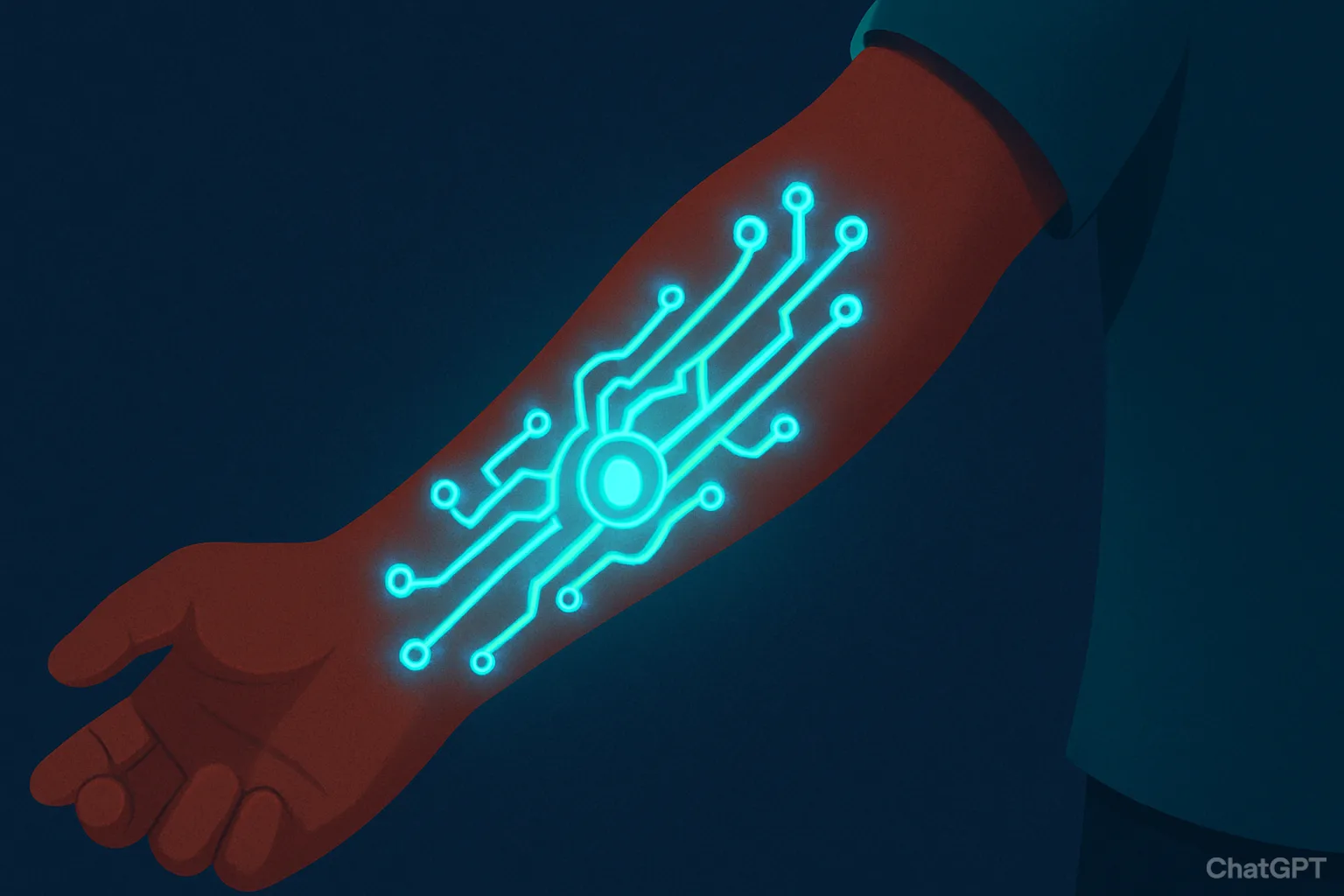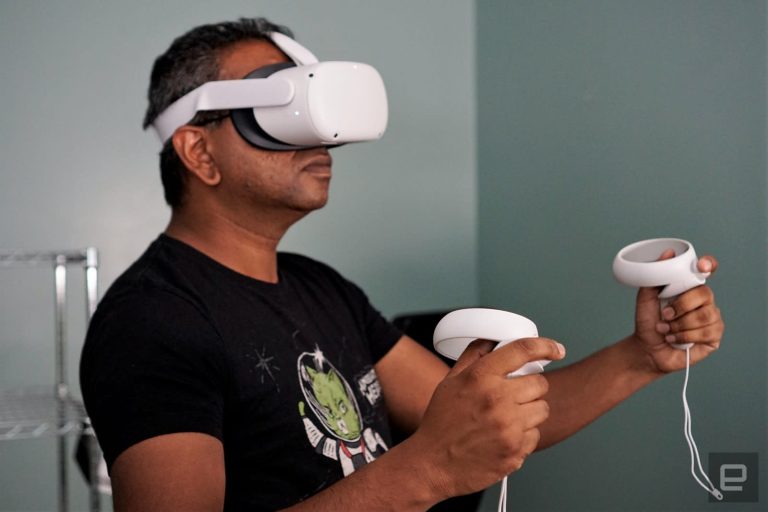For centuries, tattoos have been much more than ink. They carried memories, marked identity, and they are silent storytellers through generations. Ancient warriors once wore their symbols of bravery, while in the modern world, skin has become a piece of canvas on which artists create artwork. Every design carries meaning-from love and loss to culture, freedom, and rebellion; saying something words could never speak.
The meaning of tattoos is changing again. This time, the shift is not driven by art alone but by technology. The skin that once carried simple ink will sense, glow, and even communicate. Smart tattoos are blending science with self-expression, making the human body a living surface. These are more than colorful designs. Researchers are developing prototypes that could one day track body signals, detect changes in chemistry, and even emit light depending on movement or mood.
What was once permanent art is now becoming functional technology. Glowing or biosensing tattoos represent a new merger of science, art, and health. Instead of wearing a smartwatch or fitness tracker, people might someday have sensors built directly into their skin that monitor vital signs and communicate with other devices. Still the stuff of science fiction, but scientists and startups are incrementally making it real.
How Smart Tattoo Technology Works
Smart tattoos use advanced materials that blend with human skin while staying flexible and safe. The core technology is built around biosensitive inks, light-emitting components, conductive materials, and stretchable polymers.
Biosensitive inks are one of the biggest breakthroughs. Researchers from Harvard Medical School and the MIT Media Lab created color-changing inks that respond to shifts in body chemistry. These inks reacted to glucose, pH, and sodium levels in interstitial fluid, proving that tattoos could someday help monitor health in real time. So far, the concept has only been tested on pig skin, but it laid the foundation for tattoos that could one day serve medical purposes.
OLED technology has taken that concept further. In 2021, scientists at University College London and the Italian Institute of Technology created ultra-thin, light-emitting tattoos that can glow on the skin. These temporary tattoos are just a few micrometers thick and are applied like regular water-transfer tattoos. Researchers believe that in the future, they could be used for fashion, wearable signals, or medical alerts.
Another developing field involves injectable or nanoparticle-based sensors. These experimental systems use biocompatible materials that emit light under certain conditions, such as exposure to UV light. The goal is to detect chemical changes or radiation in the body without needing external devices. These ideas are still being tested and are not yet approved for medical use.
To make smart tattoos more interactive, scientists are also studying conductive inks made from materials like graphene or gold nanowires. These allow tattoos to sense touch, motion, or muscle activity while staying flexible and safe. Combined with stretchable polymers, they can move naturally with the body without irritation or damage.
Innovations That Brought Digital Tattoos to Life
It has taken years of research and innovation to bring smart tattoos to where they are today. Each step has pushed the boundaries of what skin-based technology can do.
2017 – DermalAbyss Project
Researchers from the MIT Media Lab and Harvard Medical School developed biosensing tattoo inks that changed color based on glucose, sodium, and pH levels. Tested on pig skin, the experiment showed how tattoos could one day act as health monitors.
2021 – OLED Light Tattoos
Scientists at University College London and the Italian Institute of Technology engineered the first ultra-thin light-emitting tattoos using OLEDs. These tattoos can glow for aesthetic or health-related purposes and represent a big step toward practical electronic skin.
Ongoing Biosensor Tattoo Research
Many labs around the world are studying tattoo inks and thin-film sensors that respond to biomarkers such as glucose, pH, and hydration levels. These systems are still in experimental phases, but they form the foundation of what could one day be real smart tattoo technology.

Possible Applications of Smart Tattoos
In healthcare, scientists are exploring how tattoos could change color in response to different body signals. The DermalAbyss project, for example, showed how biosensors in ink could react to glucose or pH changes, though it has not yet been tested in humans.
Researchers also believe that smart tattoos might eventually alert people to dehydration or metabolic shifts by changing shade or glowing. Some projects aim to make them compatible with smartphones or wearable devices for easier tracking. While this technology is still under development, it holds strong potential for future health monitoring.
Companies like Gatorade and Epicore are already using similar science through sweat-analyzing patches that read hydration and electrolyte levels. Their products, such as the Gx Sweat Patch and Connected Hydration project, provide real-time feedback to athletes. Smart tattoos could eventually do something similar directly through ink, offering continuous data without any extra device. For now, this remains a goal researchers are still working toward.
Ethical Concerns About Smart Tattoos
Smart tattoos sound exciting, but they also raise important questions about safety, privacy, and accessibility.
The biggest challenge is safety and durability. Most prototypes last only a short time before fading or losing function. Scientists are working on materials that can stay stable longer without irritating the skin or triggering allergic reactions. There are also concerns about nanoparticles or conductive materials entering the body, which is why organizations like the U.S. Food and Drug Administration are carefully studying the risks.
Privacy is another issue. Because future versions could send health data wirelessly to apps or cloud services, there is the risk of hacking or data misuse. If a tattoo tracks your heart rate or glucose level, that information must be protected. Experts are already calling for strict privacy standards and encryption before the technology reaches consumers.
Cost and accessibility matter too. Today, most smart tattoo technologies are still in labs, and creating even a temporary version can cost hundreds of dollars. If they become widely available, there’s concern that only the wealthy will benefit, creating another digital divide. Researchers are pushing for open, affordable models so this technology can serve more people, not just a few.
Ethically, smart tattoos represent both freedom and risk. They can help people understand their bodies better, but they also blur the line between personal expression and digital monitoring. How society manages safety, consent, and ownership will shape how these tattoos fit into daily life.

The Future of Smart Tattoo Technology
Many experts believe that by the end of the decade, smart tattoos could become more common as the materials improve. Instead of wearing a fitness tracker, your skin itself might serve as the interface. Scientists are already working on tattoos that can last longer, adjust to skin changes, and even repair themselves.
Artificial intelligence is likely to play a role in this evolution. In the future, smart tattoos might read neural or emotional signals and translate them into color or light patterns. Tattoo studios could even partner with engineers or healthcare specialists, designing tattoos that combine creativity, function, and medical insight.
The real challenge, though, goes beyond what the technology can do. The bigger question is how people will choose to use it. Will smart tattoos give us more control over our health and expression, or will they make our bodies part of the connected world in ways we might not fully control? The answer will depend on how responsibly we develop and adopt this new kind of wearable tech.




